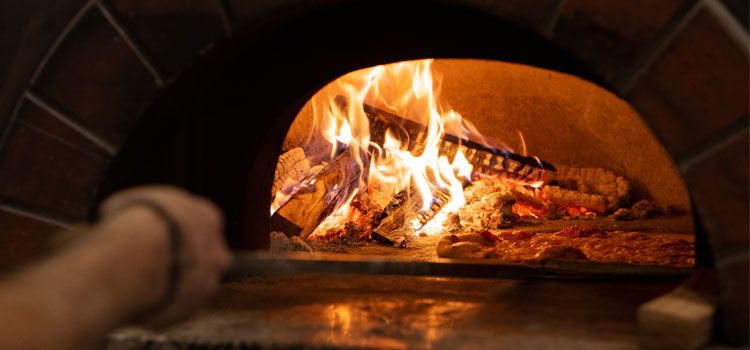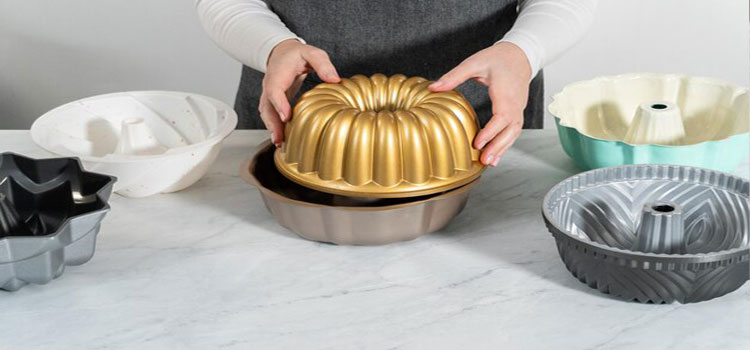
In recent escapades into the world of cookie crafting, I’ve embarked on a quest to rival the prowess of Felix & Norton or, in a pinch, concoct something marginally ingestible. My guiding light through this confectionary labyrinth was the desire to banish the lingering taste of baking soda from my batches, a flavor reminiscent of the more unfortunate culinary experiments involving rat poison. Yet, as any culinary sleuth would attest, the villain in the cookie drama isn’t solely the baking soda but also the stage upon which these delectable delights are baked.
At first glance, the logical choice appeared to be the humble cookie sheet, its very name a testament to its supposed suitability for the task at hand. However, confusion arises as many erroneously label a “jelly roll pan” (or its variously sized counterparts) as a “cookie sheet,” despite their inherent differences. A true cookie sheet boasts low or nonexistent sides, facilitating even baking and easy removal of the cookies, while a jelly roll pan presents raised edges all around, confining its contents within.
Regrettably, my erstwhile possession of a capacious air-insulated cookie sheet had been relinquished long ago due to disuse. Thus, I found myself lured by the siren song of a non-stick, heavy-duty, ostensibly commercial-grade jelly roll pan. Its allure was undeniable, steadfastly holding my gaze with promises of versatility—from cookies to roasts, broiling to baking. Convinced by its weightiness and the lofty claim of “commercial grade,” I succumbed to its charms, only to discover that, like its cheaper counterparts, it succumbed to the warping tendencies of high heat.
Undeterred, I sought a replacement, eschewing the ephemeral allure of grocery store pans in favor of the sturdier offerings of a restaurant supply shop. There, I acquired an unassuming aluminum jelly roll pan, devoid of pompous labels proclaiming “commercial grade” yet bearing the tacit endorsement of its surroundings. Its mettle remains untested under the searing heat of my oven, but thus far, it has resisted the siren call of warping.
The true test of these pans, however, lay in the crucible of the oven as I embarked on a baking odyssey featuring chocolate banana cookies. The aluminum pan, pitted against its non-stick counterpart, revealed its mettle—or lack thereof—by necessitating a prolonged baking time to achieve a semblance of doneness. Yet, this tardiness proved a boon, preventing the dreaded dry, hard bottom characteristic of cookies baked on non-stick surfaces.
The post-baking ritual unveiled further revelations: the cookies on the non-stick pan clung stubbornly, requiring the concerted effort of a sturdy spatula to dislodge, while those on the aluminum pan gracefully slid off, their bottoms softer and their forms flatter. The preference was clear, though the specter of Silpat mats loomed, promising release without the aid of butter but hinting at alterations in texture and taste—a culinary gamble not to be undertaken lightly.
In conclusion, the choice of baking vessel exerts a profound influence on the final product. While a skilled chef may refrain from blaming their tools, the idiosyncrasies of baking utensils often dictate the course of culinary endeavors. Yet amidst the trials and tribulations of cookie baking, a solution emerged: invert the aluminum pan, transforming it into a makeshift cookie sheet—a testament to the ingenuity born of necessity.


